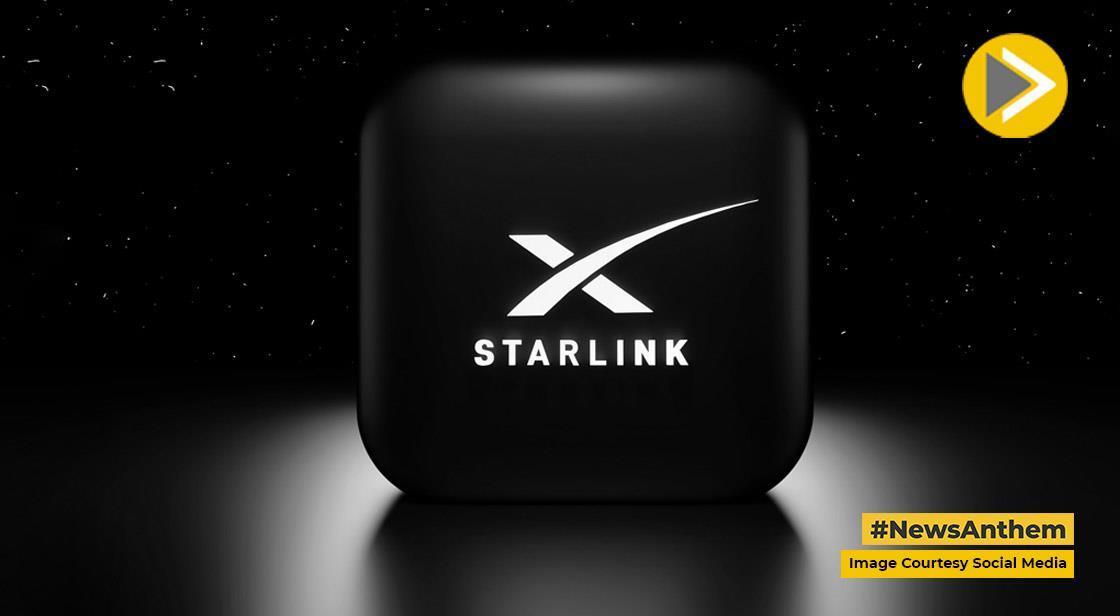Elon Musk's Starlink Faces Setback: 120 Satellites Fell from Orbit in January 2025

News Synopsis
As SpaceX continues expanding its Starlink satellite constellation, a significant increase in satellite deorbits has been observed. Astronomers tracking these objects in the sky reported that over 120 Starlink satellites re-entered Earth's atmosphere in January 2025, burning up and creating spectacular fireballs.
Jonathan McDowell, an astronomer closely monitoring satellite movements, highlighted the unprecedented rate of satellite deorbits, with approximately four to five Starlink satellites burning up daily. While this phenomenon provides an eye-catching display in the night sky, it also raises environmental and atmospheric concerns.
What is Starlink and Why Are Satellites Re-entering the Atmosphere?
Starlink is a satellite-based internet network developed by SpaceX to provide high-speed connectivity to remote and underserved regions. As of January 2024, nearly 7,000 Starlink satellites were in orbit, with SpaceX planning to refresh the megaconstellation every five years using upgraded technology.
The recent surge in Starlink satellite deorbits is primarily attributed to the retirement of first-generation (Gen1) satellites. More than 500 of the 4,700 Gen1 satellites have reached the end of their operational lifespan, prompting controlled re-entries to make way for newer, technologically advanced models.
Why Are Starlink Satellites Crashing Daily?
SpaceX follows a planned deorbiting process for older satellites to prevent the accumulation of space debris. However, the scale and frequency of these re-entries have surprised experts. The Gen1 Starlink satellites were designed to have a five-year lifespan, and now, large numbers are simultaneously reaching the end of their service life.
Although Starlink satellites are designed to burn up completely upon re-entry, ensuring they don’t pose a threat to people on Earth, their disintegration contributes to atmospheric pollution.
Environmental Concerns: Is Starlink Deorbiting a Risk to the Atmosphere?
The burning up of Starlink satellites releases metallic vapors into the atmosphere, raising concerns among scientists. A 2023 study found that 10% of aerosols collected 60,000 feet over Alaska contained aluminum and other metals—traces linked to satellite burn-ups.
Each Gen1 Starlink satellite releases approximately 30 kilograms of aluminum oxide, a compound known to deplete the ozone layer. Research suggests that the concentration of these oxides has increased eightfold between 2016 and 2022, with the current surge in satellite re-entries further exacerbating the issue.
Scientists warn that continuous satellite deorbits could lead to an "uncontrolled experiment" in atmospheric chemistry, with potential long-term environmental consequences.
Starlink Fireballs: Spectacular but Concerning
While the re-entry of Starlink satellites produces stunning fireballs visible from Earth, they also introduce pollutants into the upper atmosphere. Although SpaceX asserts that the satellites fully burn up upon re-entry, concerns about long-term atmospheric pollution remain unresolved.
Some researchers believe that increasing satellite re-entry rates could alter atmospheric composition in ways not yet fully understood. More studies are needed to assess the true impact of Starlink’s deorbiting process on Earth's environment.
Potential Risks of Falling Space Debris
Beyond Starlink, scientists have highlighted the growing risk of space debris from retired satellites and spent rocket stages. Researchers estimate that there is a 26% annual chance of space junk re-entering Earth’s atmosphere over a populated flight area.
While the probability of debris striking an aircraft remains low, the potential impact of uncontrolled space junk on aviation safety and airline operations is a growing concern.
Conclusion: Balancing Innovation with Environmental Responsibility
Starlink’s rapid expansion has significantly improved global internet accessibility, but it has also introduced new environmental and safety challenges. With hundreds of satellites being retired and replaced, space agencies and researchers must monitor their long-term impact on the atmosphere and space environment.
While SpaceX's controlled deorbit strategy minimizes risks of space debris, scientists stress the importance of further research into atmospheric pollution and sustainable satellite disposal methods. As Starlink continues to evolve, striking a balance between technological innovation and environmental responsibility will be crucial for the future of space-based connectivity.
You May Like









